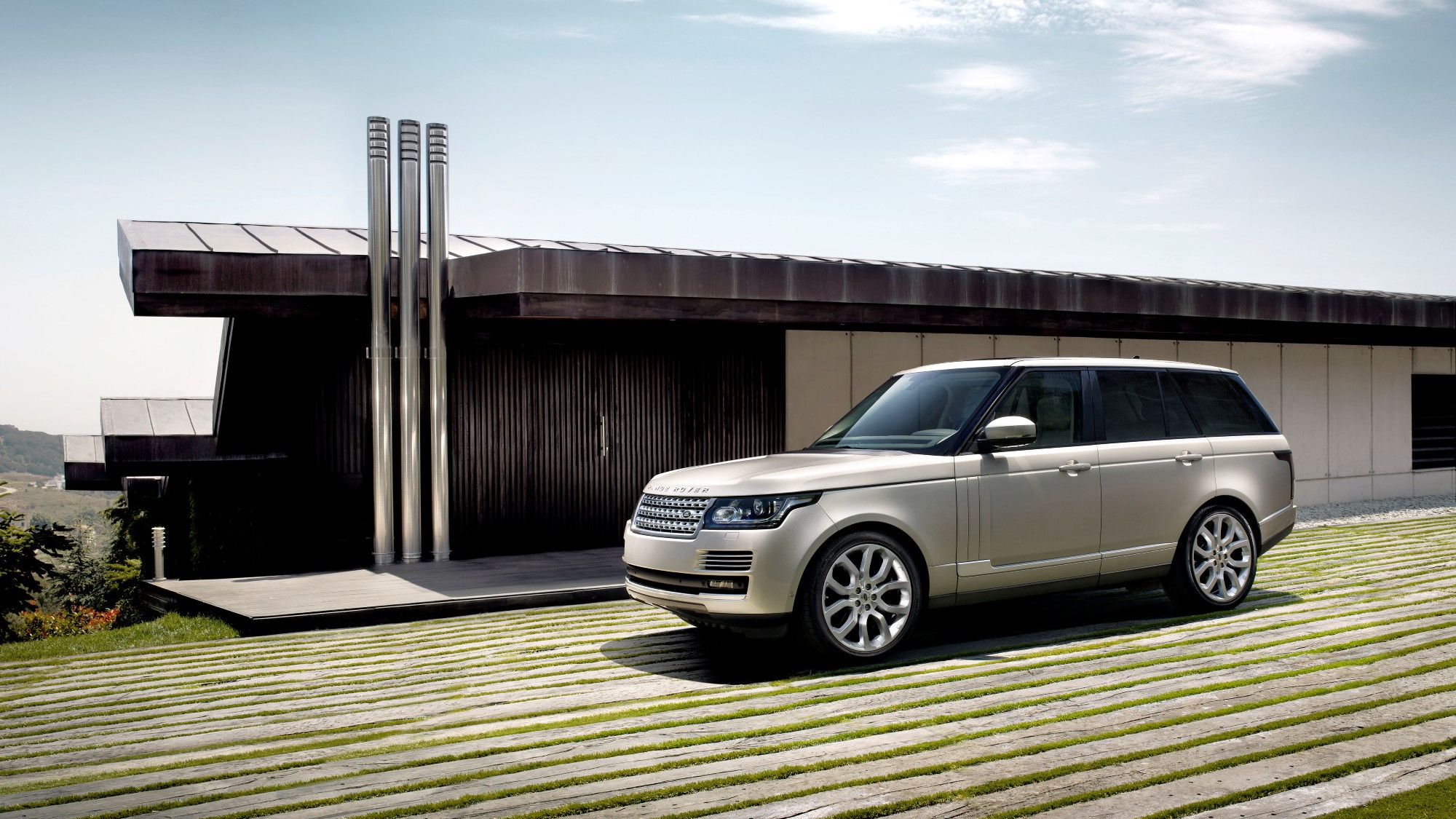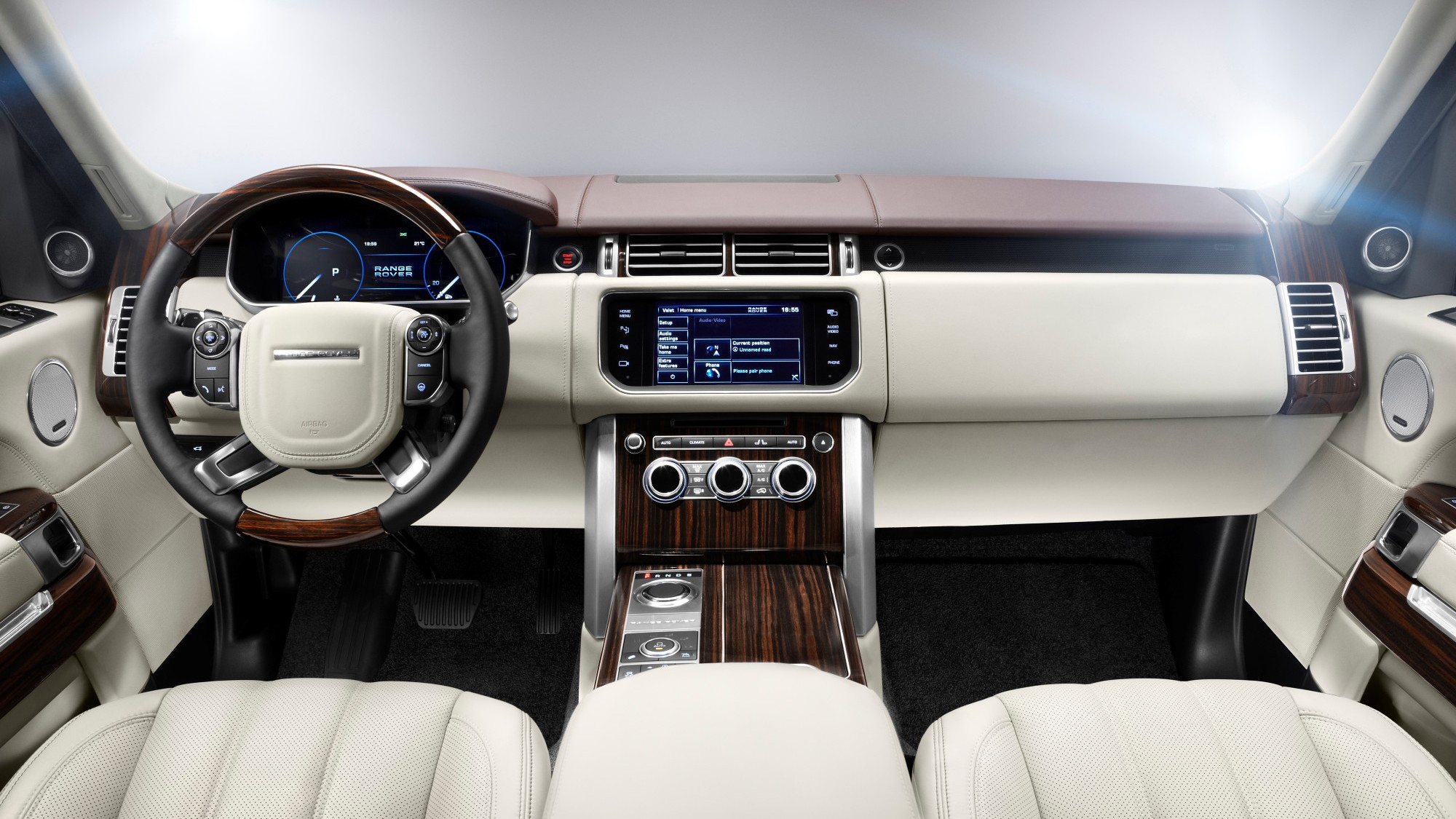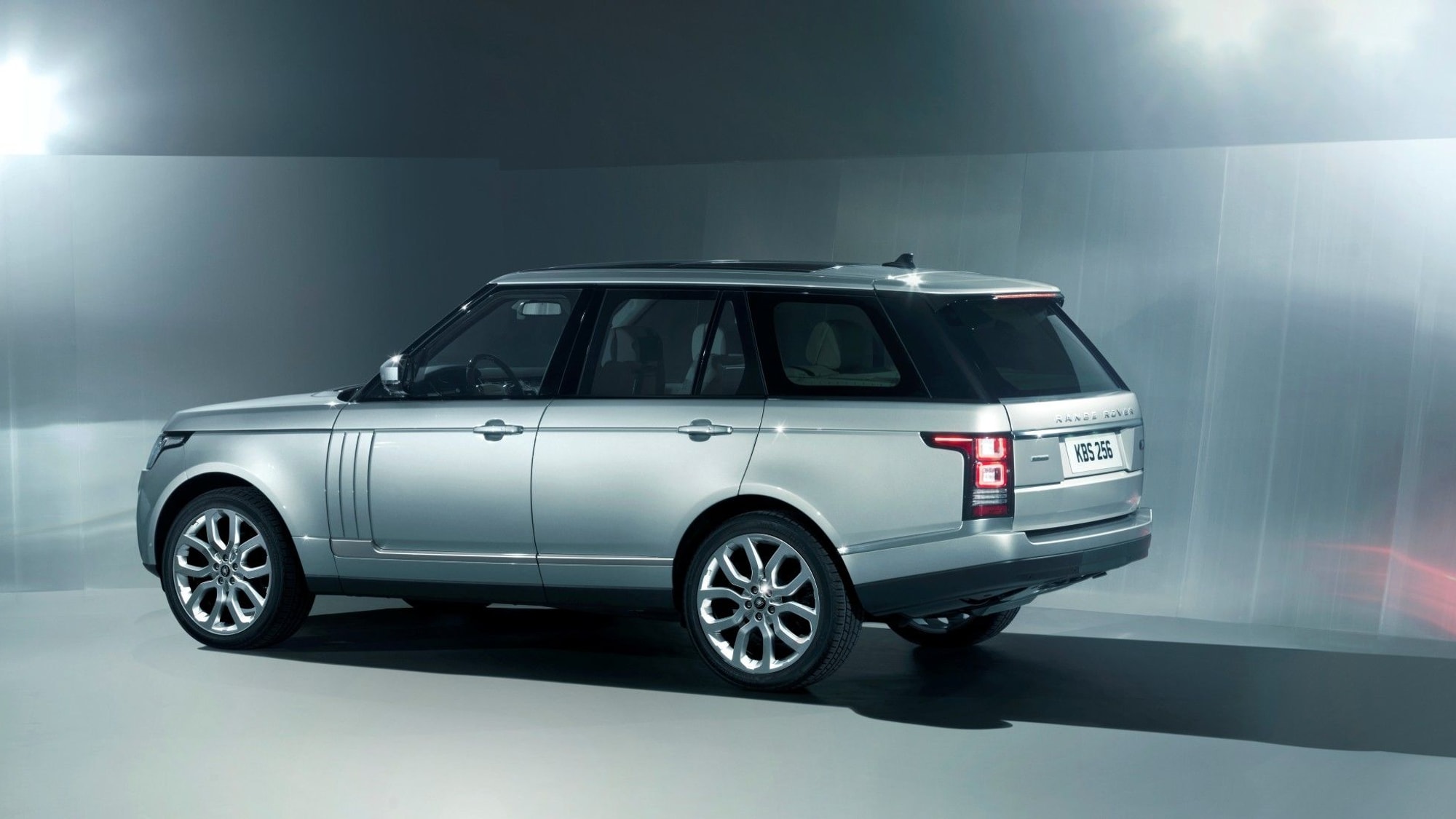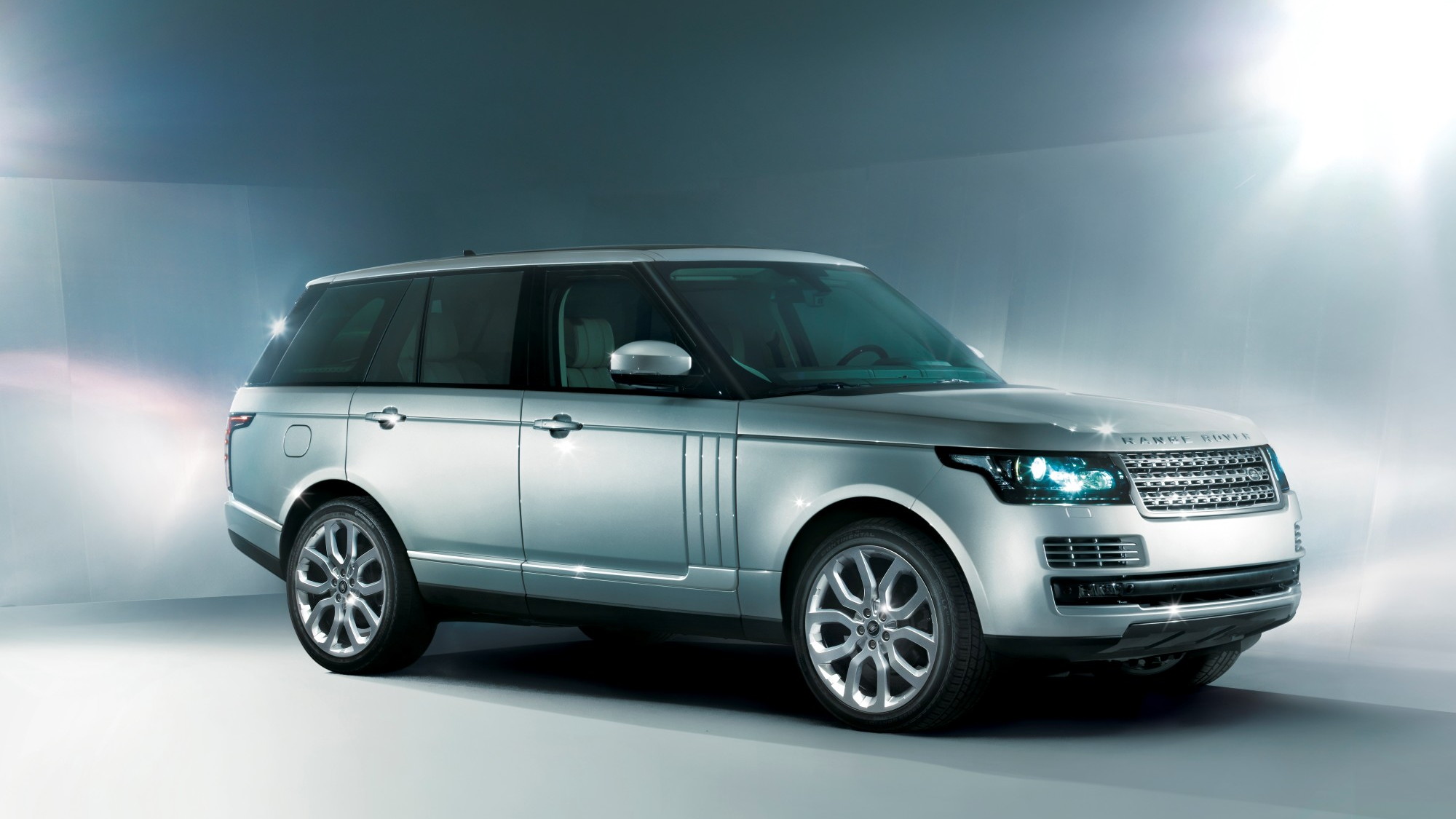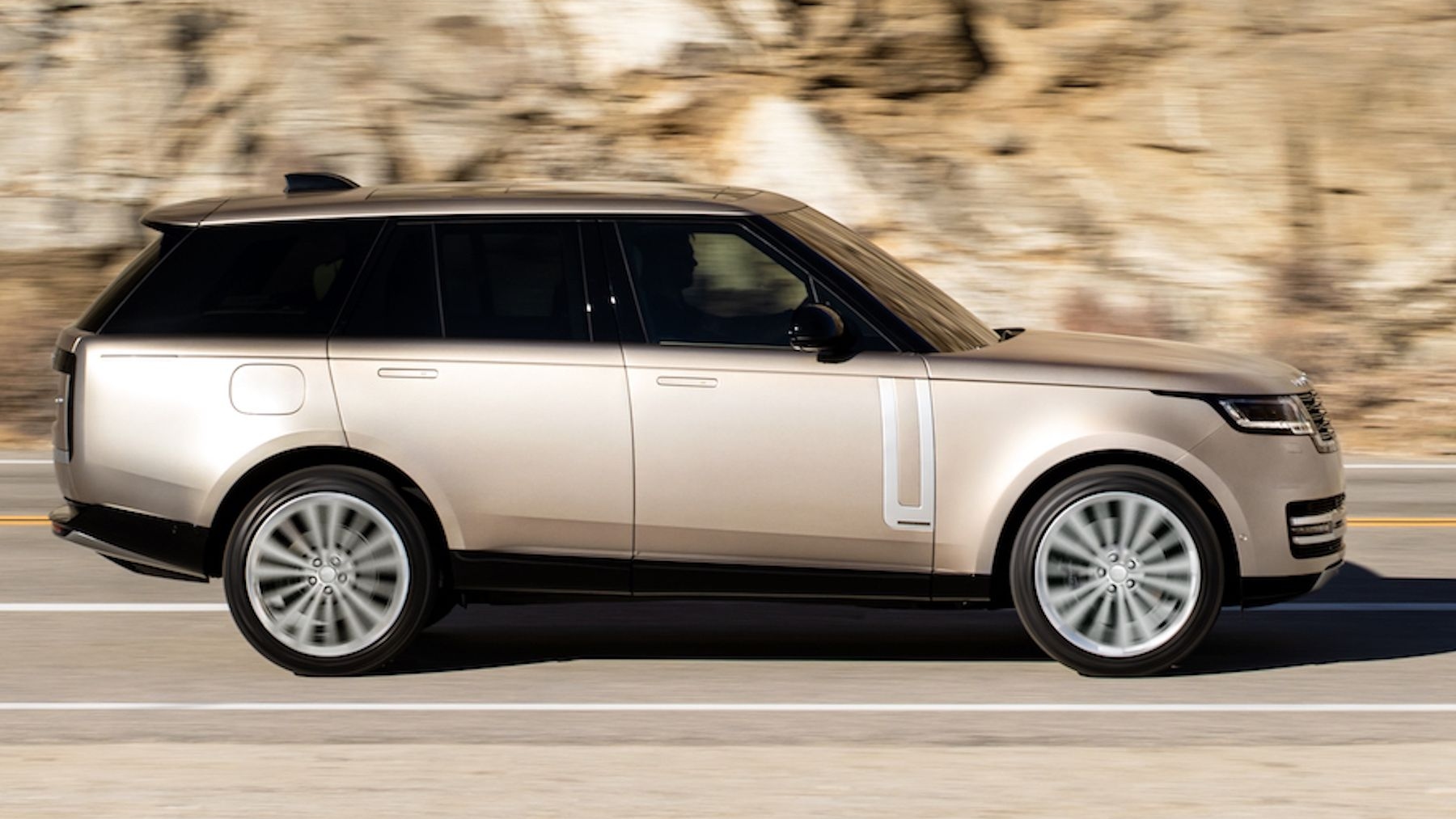The new Range Rover also undersells some of its updates, including a weight loss of up to 926 pounds compared to the previous model. The U.S.-spec V-8 Range Rover comes in at 700 pounds under the model currently on sale. That's huge--and it will translate into improved gas mileage and better handling.
So how did Land Rover trim that much weight from the 2013 Range Rover? With aluminum, as the unibody structure is now completely made of the light alloy, instead of the steel used in the outgoing model. The company hasn't specified exactly how much gas that will save the average driver, but we expect it to be significant.
Joining the all-aluminum unibody, the front and rear chassis structure is also all-aluminum. The Range Rover rides on completely redesigned air suspension at each corner, helping to mitigate the harshness in ride quality that aluminum can engender.
As Land Rover's global brand director, John Edwards, puts it, "The new Range Rover preserves the essential, unique character of the vehicle--that special blend of luxury, performance and unmatched all-terrain capability. However, its clean sheet design and revolutionary lightweight construction have enabled us to transform the experience for luxury vehicle customers, with a step change in comfort, refinement and handling."
Aiding the improved handling and lightness is a new Terrain Response 2 Auto system that can automatically select the proper drive mode for various types of surface materials, though Land Rover has yet to explain the second-generation Terrain Response system in detail.

2013 Land Rover Range Rover
A choice of V-8 engines will be offered, though Land Rover doesn't specify which--we presume the choice will remain between the 5.0-liter normally-aspirated and 5.0-liter supercharged versions--while a new ZF eight-speed transmission will handle gear shifts.
The first 2013 Range Rovers will arrive in America in December 2012.

